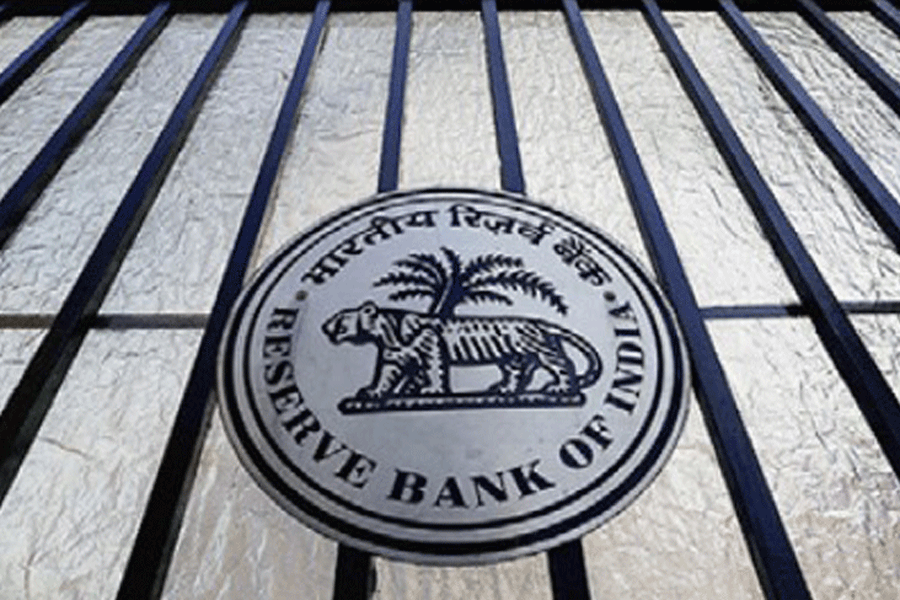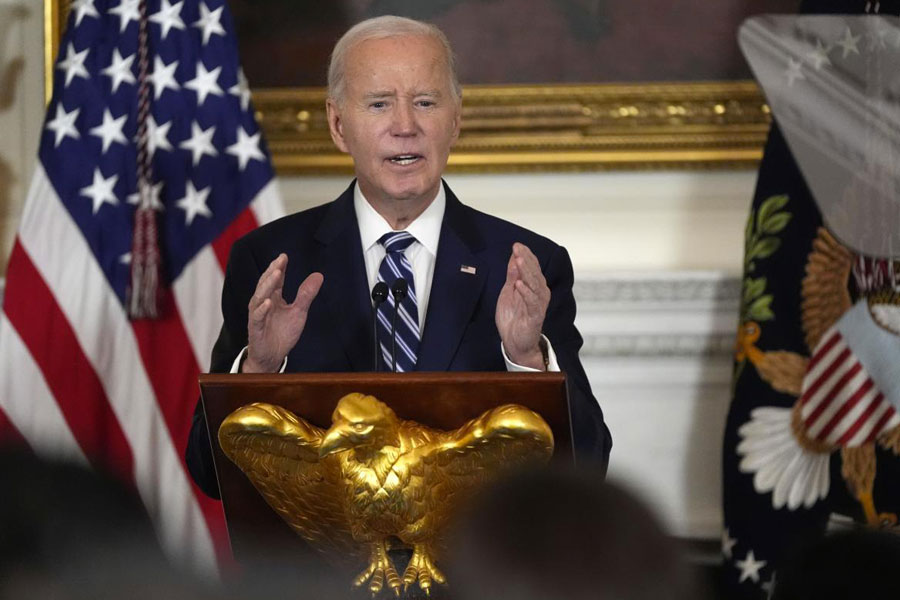The rupee on Thursday fell to a more than two-month low as markets remained risk-averse following the US rating downgrade.
The domestic currency bounced off its lows on suspected dollar sales by the Reserve Bank of India (RBI), raising the possibility of periodic interventions from the central bank.
The skittish mood spread to the stock markets and sent the Sensex crashing by 542 points at the end of another roller-coaster day of trading that saw stocks plunge to their lowest levels late afternoon before rallying an hour before close.
At the forex markets, the rupee settled at 82.73 against the US greenback, marking a 15-paise drop over the last close of 82.58. During intra-day trades, the unit had slumped to 82.81, the lowest level since May 24.
It is believed that the central bank sold dollars at these levels through state-run banks. This could indicate that the RBI may not want the currency to fall to 83 levels in one swoop.
The central bank has always held that it does not target a particular level for the rupee but focuses on checking any volatility.
Observers believe that with the forex reserves at $607 billion, the RBI could periodically intervene — and this may see the rupee trading in a rangebound manner.
The gains in the greenback came as investors preferred safe haven assets as reflected in the US dollar index (DXY) which shot to a day’s high of 102.84 against its previous close of 102.59.
The downgrade by US rating agency Fitch had its impact on US bond prices as yields of the 10-year treasury were trading firm at 4.18 per cent against its last close of 4.07 per cent.
“The US dollar gained on safe-haven buying and upbeat jobs data. The US job data released Wednesday was better-than-expected at 324,00 vs the forecast of 190,000, showing a strong jobs market,” Anuj Choudhary — research analyst at Sharekhan by BNP Paribas — said.
He said the rupee is likely to trade with a negative bias as the strong dollar and risk aversion in global markets may continue to mount downside pressure on the currency.
On Thursday, the BoE jacked up interest rates by 25 basis points to a 15-year high of 5.25 per cent to tackle inflation leading to European indices remaining under pressure.
Even as investors confront the sudden crash, Morgan Stanley upgraded India to over-weight status from equal weight while it downgraded China to equal weight from over-weight.
“Multipolar world trends are supporting FDI and portfolio flows, with India adding a reform and macro-stability agenda that underpins a strong capex and profit outlook. We see a secular trend toward sustained superior USD EPS growth versus EM over the cycle, with a young demographic profile supporting equity inflows,’’ the brokerage said in a report.











